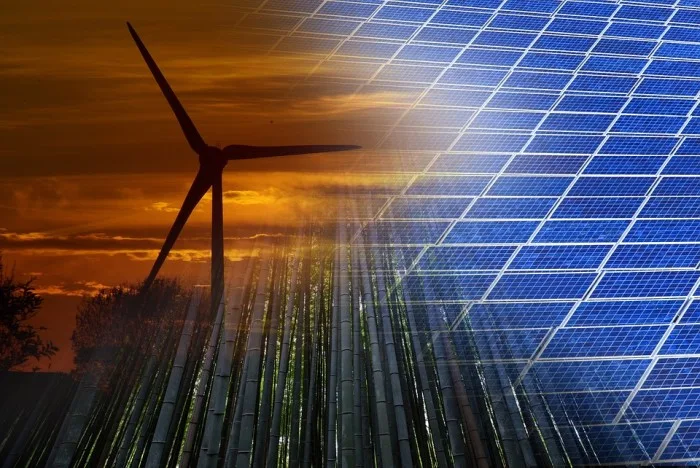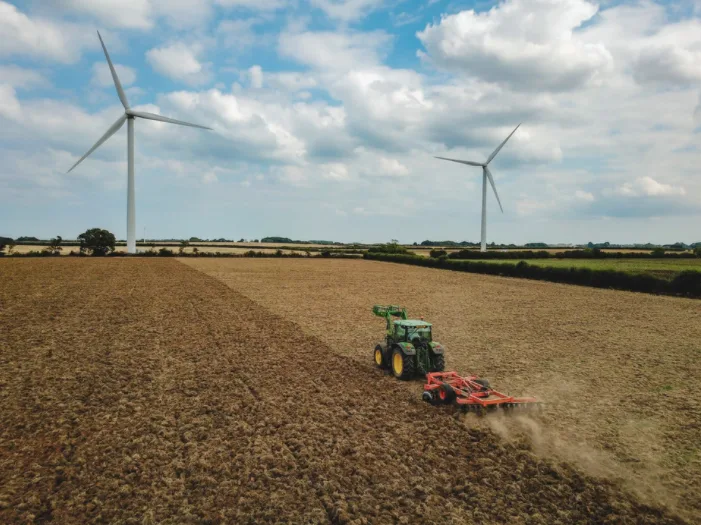
‘Green, but not getting greener’: Canada’s fossil fuel phaseout stalls
Canada has one of the greenest grids in the world, but when it comes to completely eliminating fossil fuels, the last mile is proving to be a challenge.
Like that one neighbour who spent the pandemic doing DIY home renos, COVID-19 didn’t seem to pause the global renewables transition—in fact, wind and solar generation jumped 15 per cent worldwide in 2020, while coal dropped by four per cent.
Across the G20, only China saw an increase in coal, around two per cent, though it also set a new world record for wind energy installation at the same time.
That’s according to a report by U.K. energy think tank Ember, but while the global trend was positive—if, in the view of the report’s authors, still not fast enough—here in Canada, the last mile toward a coal-free future is proving to be a long one.
In 2020, Canada’s coal generation fell by eight per cent, twice the global average, but well behind the U.S. and E.U., where coal fell by a fifth combined. Even that small decline was due more to a fall in overall demand, and better hydro and wind conditions giving those power sources a slight relative boost, than due to any structural changes.
“Despite aiming for a coal phase out by 2030, Canada’s current transition is one of the least ambitious among G20 countries,” Ember analyst Nicolas Fulghum said in the report.

More than 80 per cent of Canada's grid is zero-emission, but its share of wind and solar has barely grown since 2015, the Ember report says. Photo: Luke Thornton/Unsplash
‘GREEN, BUT NOT GETTING GREENER’
Energy-wise, Canada is something of a study in contrasts.
In terms of generation, Canada is among the greenest G20 nations, with more than 80 per cent of the country’s power coming from zero-emissions sources, dominated by nuclear and hydro.
However, Canadians boast one of the highest per-capita power consumption rates in the world, and the highest in the G7, and when you factor in non-electric power use, such as heating oil and overwhelmingly fossil fuel-based transportation, two-thirds of the energy the average Canadian uses is derived from non-renewable sources.
When it comes to generation, Ember takes pains to note Canada’s overwhelmingly zero-emission grid, but notes both the decline of coal, and the rise of wind and solar, have both stalled—“green, but not getting greener,” as the report puts it.
“A high share of hydro generation keeps Canada as one of the cleanest electricity grids among G20 countries, but it still produced 17 per cent of its electricity from fossil fuels in 2020, which is only a gradual fall from 20 per cent in 2015,” the report says.
WATCH: CANADIANS USE MORE ENERGY THAN PEOPLE IN ALL BUT SIX OTHER COUNTRIES
Before 2015, Ember says, the pace of fossil fuel phase-out was faster, with more than twice the capacity of wind and solar added in the first half of the decade compared to the second. And post 2015, the vast majority of new capacity was installed only in 2016, with negligible installations afterward.
“As a consequence of this slow transition, the share of electricity production for wind and solar has only increased by 1 per cent, from just under 5 per cent in 2015 to 6 per cent in 2020 and therefore ranks well below the world average at 9.4 per cent,” the report reads.
The good news, however, is that the growth in renewables came at the expense of fossil fuels over that period. But Ember says the country is currently not on track to meet the federal government’s goal of wholesale elimination of coal-fired plants by 2030.
“The current speed of the electricity transition is unlikely to achieve this target, if not for a significant reduction in demand per capita where it currently leads the world,” the researchers say. “Canada must once again accelerate its transition to clean energy to meet its own climate targets and avoid another missed opportunity in the coming decade.”











